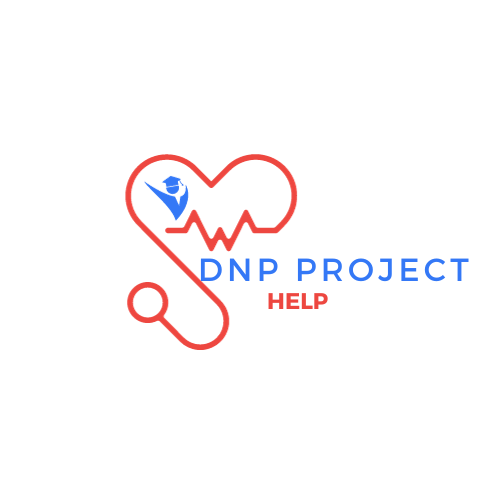
Case Study
Students will develop a 3-5-page paper, 12 font, APA format.
Students may use ethics principles learned in the class to support their conclusion.
The assigned four articles must be used as the reference materials for the assignment. (see attached)
Assignment must be original work of the student.
Students must support their conclusions with the assigned articles and the use of ethics principles. For instance, you may show how a principle or theorist beliefs align with one or several of the articles or segments of an article.
Structure: Introduction, Body add your title/s here (principle or theorists supported) and, Conclusion.
Please use headers for introduction, titles in the body, and for the conclusion.
100 points
Paper is due April 30, 2023, by 11:59 pm CST.
Sample
Introduction
Bioethical principles are really important in healthcare. They give a guide for how to make decisions and take actions that respect patients and their well-being. One big principle is respecting autonomy, which means letting patients make their own choices about their health care (Varkey, 2020). Another principle, called beneficence, says healthcare workers should always do what’s best for patients and choose options that help them the most and don’t hurt them (Varkey, 2020). Then, there’s non-maleficence, which is all about not doing anything that could harm patients. It’s like the saying, “do no harm” (Varkey, 2020). Finally, there’s justice, which means treating all patients fairly and equally, no matter what their money situation, culture, or background is (Varkey, 2020).
Respect for Autonomy
Thinking about the ethical idea of letting patients make their own choices about their health care, it’s clear that this isn’t always happening like it should in healthcare settings. For example, in an article by Crawley et al. (2002), it shows that sometimes, healthcare workers might not agree on how to plan care for someone who’s dying to help them feel less pain and suffering. In some cases, it might seem like healthcare workers aren’t listening to what the patient and their family want for end-of-life care. Not considering what patients want in healthcare, especially at the end of their life, goes against the idea of respecting their autonomy. According to the principle of autonomy, healthcare workers should be like advisors and give patients all the info they need to make their own choices (Varkey, 2020). When it comes to end-of-life care, healthcare workers should talk with patients and their families about their beliefs and practices and adjust care to help them feel less pain and suffering while respecting their cultural beliefs (Varkey, 2020).
When it comes to respecting patients’ rights to make their own choices about their health care, we can see a big example in the Tuskegee syphilis study involving African Americans. In this study, the United States Public Health Service didn’t let the participants know about their options for treatment. They actively stopped many of the patients with syphilis from getting treated (Heintzelman, 2021). This kind of not letting patients make their own choices can lead to really bad health outcomes, like what happened in the Tuskegee Syphilis study (Varkey, 2020).
Beneficence
The bioethical rule of beneficence means that healthcare workers should always do what’s best for their patients by choosing actions that give them the most benefit and cause them the least harm (Varkey, 2020). When there are differences between healthcare workers and patients about end-of-life care, it can make things more complicated and increase the chances of bad outcomes for patients. Not agreeing with patients about end-of-life care goes against the rule of beneficence (Crawley et al., 2002). Also, discriminating against patients based on their age, like leaving older people out of research studies or not paying enough attention to their health needs, goes against the rule of beneficence too. When healthcare workers don’t have enough info to take care of older people properly, it can increase the chances of hurting them (Varkey, 2020).
Nonmaleficence
The bioethical rule of non-maleficence means that healthcare workers should avoid doing anything that could harm patients, whether it’s through their actions or by not taking action when needed (Varkey, 2020). For instance, if a healthcare worker doesn’t bother to learn about a patient’s culture and doesn’t give culturally sensitive end-of-life care, it could lead to bad outcomes for the patient, which goes against the rule of non-maleficence (Crawley et al., 2002). Discriminating against older patients also goes against this rule because healthcare workers might not give them the care they need, which could make things worse for them. Racial and ethnic discrimination in healthcare also goes against the rule of non-maleficence. Patients who face discrimination in healthcare settings are more likely to have bad outcomes (Sorkin et al., 2010). For example, in the Tuskegee syphilis study, where healthcare workers wanted to see what happened to patients who didn’t get treated, they ignored the rule of non-maleficence.
Justice
The bioethical rule of justice means that healthcare workers should treat all patients fairly and equally, no matter what their money situation, social status, or culture is (Varkey, 2020). For example, if a healthcare worker doesn’t give end-of-life care that respects a patient’s culture, they’re going against the rule of justice (Crawley et al., 2002). Also, discriminating against patients because of their age isn’t fair and goes against the rule of justice because it’s based on something they can’t control (Pecci, 2015). And when there’s obvious discrimination against patients because of their race or ethnicity in healthcare, like in the study by Sorkin et al. (2010), it goes against the rule of justice too.
References
Crawley, L. M., Marshall, P. A., Lo, B., & Koenig, B. A. (2002). Strategies for Culturally Effective End-of-Life Care. Annals of Internal Medicine, 136(9), 673. https://doi.org/10.7326/0003-4819-136-9-200205070-00010
Heintzelman, C. A. (2021, September 14). The Tuskegee Syphilis Study and Its Implications for the 21st Century. SocialWorker.com. https://www.socialworker.com/feature-articles/ethics-articles/The_Tuskegee_Syphilis_Study_and_Its_Implications_for_the_21st_Century/#:~:text=The%20study%20laid%20the%20foundations
Pecci A.W. (2015). 1 in 5 Adults Report Age Discrimination in Healthcare Settings. Www.healthleadersmedia.com. https://www.healthleadersmedia.com/clinical-care/1-5-adults-report-age-discrimination-healthcare-settings#:~:text=Researchers%20analyzed%20data%20from%206%2C017
Sorkin, D. H., Ngo-Metzger, Q., & De Alba, I. (2010). Racial/Ethnic Discrimination in Health Care: Impact on Perceived Quality of Care. Journal of General Internal Medicine, 25(5), 390–396. https://doi.org/10.1007/s11606-010-1257-5
Varkey, B. (2020). Principles of Clinical Ethics and Their Application to Practice. Medical Principles and Practice, 30(1), 17–28. https://doi.org/10.1159/000509119
Must Read:


